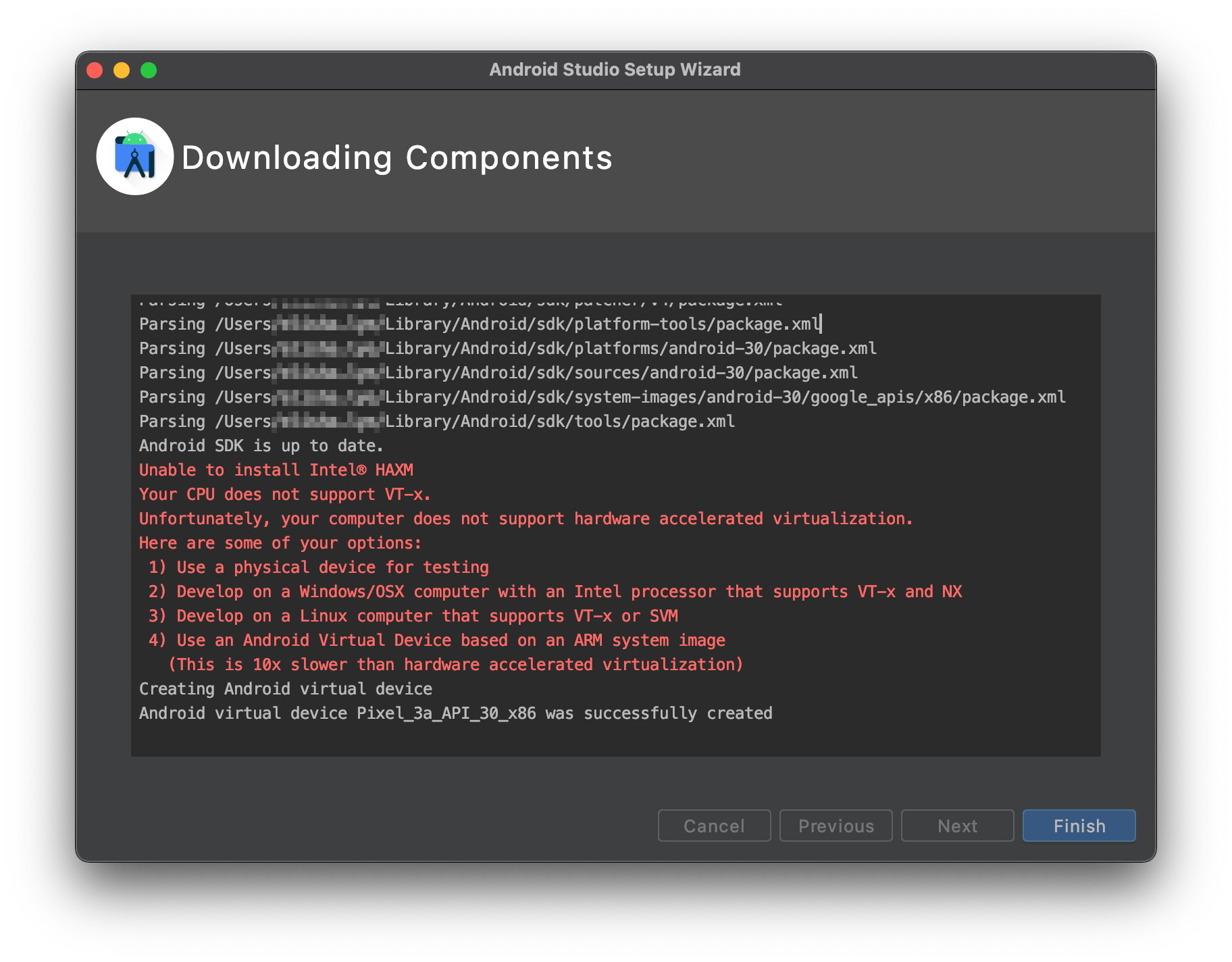

- Connect to wifi on emulator mac how to#
- Connect to wifi on emulator mac install#
- Connect to wifi on emulator mac drivers#
- Connect to wifi on emulator mac software#
- Connect to wifi on emulator mac code#
Mininet-WiFi adds new classes that simplify the programming work required by researchers to create Mobility scenarios. While the standard Mininet network emulator may be used to test mobility 1, Mininet-WiFi offers more options to emulate complex scenarios where many hosts will be changing the switches to which they are connected. For example: a cell phone user may switch to a wifi access point when she walks into a coffee shop or a laptop user may walk from her office in one part of a building to a meeting room in another part of the building and still being able to connect to the network via the nearest WiFi access point. Mininet-WiFi and Mobilityīroadly defined, mobility in the context of data networking refers to the ability of a network to accommodate hosts moving from one part of the network to another. The Mininet-WiFi developer did not modify any existing Mininet functionality, but added new functionality.
Connect to wifi on emulator mac software#
Mininet-WiFi is an extension of the Mininet software defined network emulator. It also discusses the available functions that may be used to implement different mobility models using the Mininet-WiFi Python API.
Connect to wifi on emulator mac how to#
Tutorial #4: Mobility shows how to create a network mobility scenario in which stations move through space and may move in and out of range of access points. It also discusses how to interact with nodes running in a scenario with the Mininet-WiFi CLI, the Mininet-WiFi Python interpreter, and by running commands in a node’s shell. Tutorial #3: Python API and scripts shows how to create more complex network topologies using the Mininet-WiFi Python API to define node positions in space and other node attributes. It discusses more about OpenFlow and shows how the Mininet reference controller works in Mininet-WiFi. Tutorial #2: Multiple access points shows how to create a more complex network topology so we can experiment with a very basic mobility scenario. Tutorial #1: One access point shows how to run the simplest Mininet-WiFi scenario, shows how to capture wireless traffic in a Mininet-Wifi network, and discusses the issues with OpenFlow and wireless LANs.
Connect to wifi on emulator mac install#
Then I show how to install Mininet-WiFi and work through the tutorials listed below: I start by discussing the functionality that Mininet-WiFi adds to Mininet: Mobility functions and WiFi interfaces.

I have also written many other posts about Mininet. If you are not familiar with Mininet, please read my Mininet network simulator review before proceeding. I assume the reader is already familiar with the Mininet network emulator so I cover only the new WiFi features added by Mininet-WiFi. Once you work through the tutorials in this post, you will be well equipped to discover all the features in Mininet-WiFi by working through the Mininet-WiFi example scripts, and reading the Mininet-WiFi wiki and mailing list. I do not attempt to cover every feature in Mininet-WiFi. I suggest new users work through each tutorial in order. In this post, I present the basic functionality of Mininet-WiFi by working through a series of tutorials, each of which works through Mininet-WiFi features, while building on the knowledge presented in the previous tutorial. At the top of that page is a link to the Mininet-WiFi manual, which is currently hosted at. Please refer to the Mininet-WiFi documentation for up-to-date information about this project. Some of the information in this post may be outdated and no longer accurate. (Updated October 20, 2017) Since I wrote this post two years ago, the Mininet-WiFi developers have continued to add a lot of functionality to Mininet-WiFi. In this post, I describe the unique functions available in the Mininet-WiFi network emulator and work through a few tutorials exploring its features. So, Mininet-WiFi adds new functionality and still supports all the normal SDN emulation capabilities of the standard Mininet network emulator.
Connect to wifi on emulator mac code#
The Mininet-WiFi extended the base Mininet code by adding or modifying classes and scripts. They also added classes to support the addition of these wireless devices in a Mininet network scenario and to emulate the attributes of a mobile station such as position and movement relative to the access points.
Connect to wifi on emulator mac drivers#
The Mininet-WiFi developers extended the functionality of Mininet by adding virtualized WiFi stations and access points based on the standard Linux wireless drivers and the 80211_hwsim wireless simulation driver. Mininet-WiFi is a fork of the Mininet SDN network emulator.


 0 kommentar(er)
0 kommentar(er)
